Weekly Reader: The History of Yiddish Dictionaries
Like most students of Yiddish, I have on my bookshelf a small collection of dictionaries. This includes the Comprehensive Yiddish-English Dictionary and the Comprehensive English-Yiddish Dictionary, both of which were published in recent years. I also have the older Modern English-Yiddish Yiddish-English Dictionary, compiled by linguist Uriel Weinreich and published in 1968. Then there is the Oytser fun der yidisher shprakh (The Treasure of the Yiddish Language), which is more of a thesaurus and is one of the great Yiddish reference works of the twentieth century. Published in 1950, the Oytser was the work of lexicographer and radio host Nahum Stutchkoff, who also wrote a Yiddish rhyming dictionary as well as a Hebrew-language thesaurus. In honor of Stutchkoff, whose yortsayt is tomorrow, let’s take a look at the rich history of Yiddish dictionaries.
—Ezra Glinter, Senior Staff Writer and Editor
A Ceaseless Endeavor
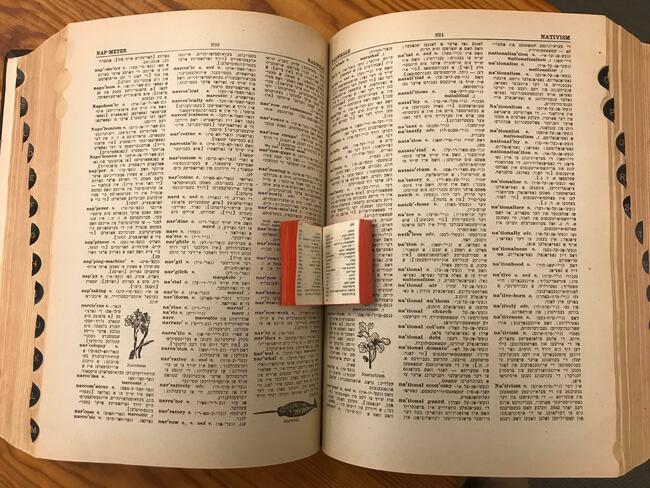
The quest to create an exhaustive dictionary of the Yiddish language has been ongoing for a long time. The first glossaries of Yiddish appeared in the seventeenth century, produced by Christian Hebraists with missionary intentions. In the eighteenth century, several dictionaries and grammars of underworld argot (which included many Yiddish words) were produced for the use of German policemen. But it wasn’t until 1898, when modern Yiddish literature was flourishing, that the first major Yiddish-English dictionary appeared.
Lasting Contribution
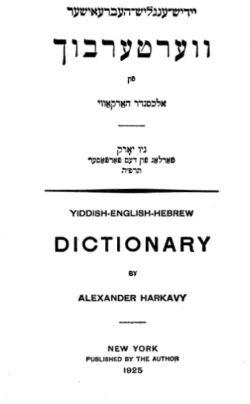
Alexander Harkavy was an iterant writer, teacher, and lexicographer, and one of the great self-taught geniuses of Yiddish letters. After arriving in America in 1882, he spent a decade drifting between Baltimore, Montreal, and Paris before returning to New York, where he worked for the Hebrew Immigrant Aid Society, taught Yiddish literature, and authored a Yiddish translation of Don Quixote, among other books. His dictionary, which he continued to revise for almost four decades, was last issued in 1928 as a trilingual Yiddish-English-Hebrew work that is still in use today.
Access Harkavy’s dictionary in the Steven Spielberg Digital Yiddish Library
Leaving a Mark
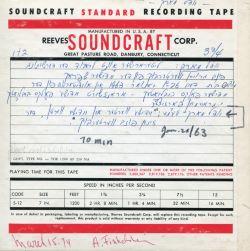
Perhaps the most ambitious Yiddish lexicographical effort was the Great Dictionary of the Yiddish Language, by Yudl Mark. Mark’s dictionary was intended to be the most comprehensive ever produced, and though it reached four volumes, Mark never made it past the first letter of the alphabet. Still, those volumes are useful and significant and received high praise when they first appeared.
Listen to an evening in honor of Yudl Mark at the Jewish Public Library in Montreal
In Song
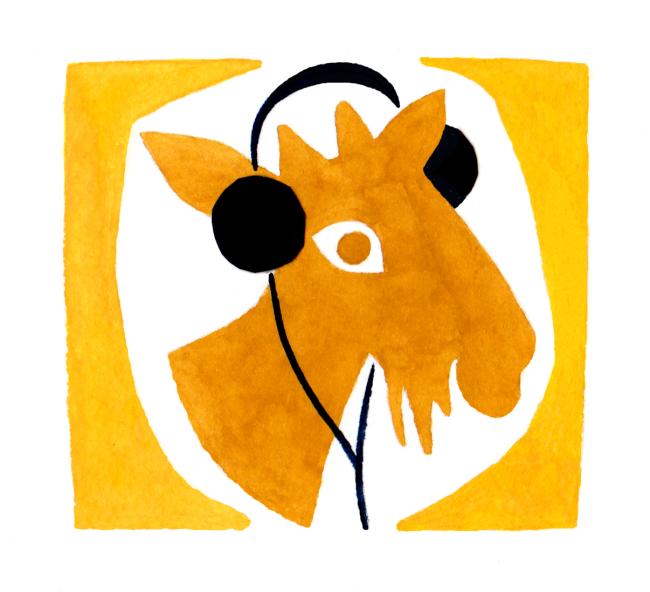
The story of Yudl Mark and his dictionary is a fascinating one, and it recently caught the attention of composer Alex Weiser and librettist Ben Kaplan, who turned it into an opera. Their work invites audiences to consider the extent to which a language and a culture can be saved, the nature of grief, and the power of language itself to transform and shape us into who we are.
Listen to a podcast interview with Alex Weiser and Ben Kaplan
Large and Small
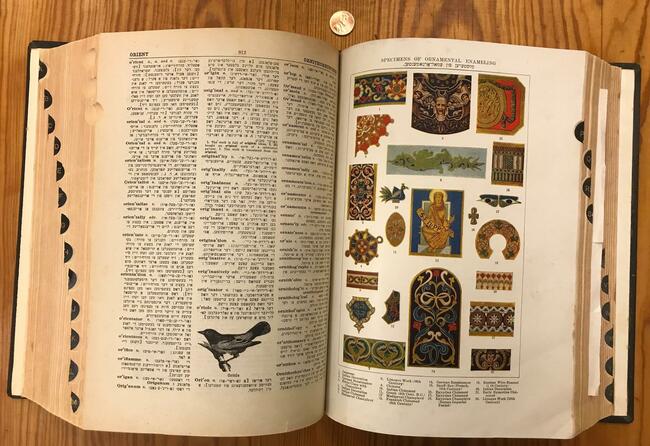
The Yiddish Book Center’s collection includes dictionaries of all shapes, sizes, and formats: Yiddish only, Yiddish-Hebrew, and many that are Yiddish-English, English-Yiddish, or both. Here’s an introduction to two dictionaries that stand out as the smallest and largest in the collection: the Liliput English-Yiddish dictionary and Paul Abelson’s Encyclopedic Dictionary.
The Maximalist’s Daughter
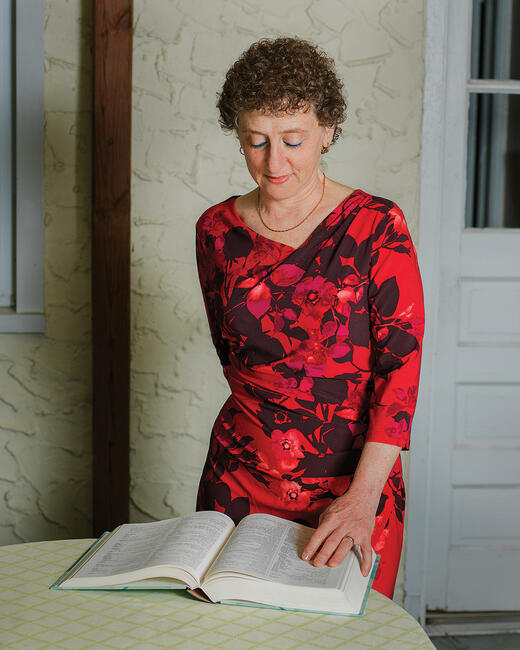
It took linguist Mordkhe Schaechter a lifetime to collect a million Yiddish words and phrases. It took his daughter, Gitl Schaechter-Viswanath, sixteen years to turn them into a dictionary. That effort yielded the new Comprehensive English-Yiddish Dictionary, co-edited by Schaechter-Viswanath and Paul Glasser. In 2017, the Center’s founder and president Aaron Lansky talked to Shaechter-Viswanath about her momentous project.
